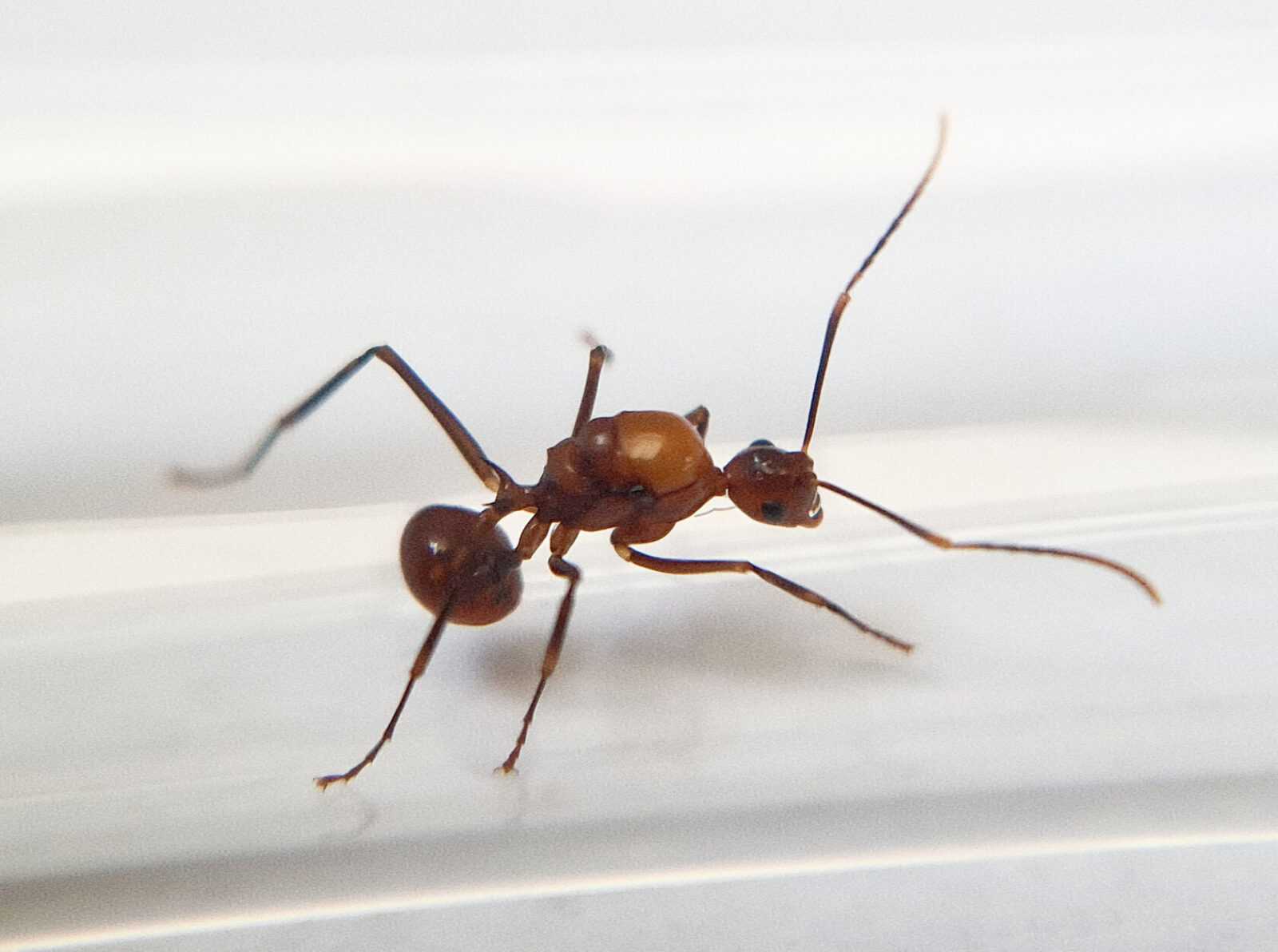Polyrhachis alata: The Powerhouse Ant Colony
Are you looking to add an incredible ant colony to your collection? Look no further than Polyrhachis alata, a fascinating species known for its polygyny colony type, fast development speed, and unparalleled hunting skills. In this comprehensive guide, we will delve into the size, nutrition, habitat requirements, and unique features of Polyrhachis alata, making it easier for you to provide the best care for your cherished ant colony.
Size of Polyrhachis alata
Polyrhachis alata comes in various sizes, with queens measuring at an impressive 7.5-10mm and workers slightly smaller at 5.5-8mm. Their distinct orange color with brown patterns adds a touch of elegance to their appearance, making them a visually captivating addition to any ant collection.
Nutrition for Polyrhachis alata
To ensure the optimal health and development of your Polyrhachis alata colony, it is crucial to provide them with a varied and balanced diet. Their primary food sources include food insects such as cockroaches and crickets, which serve as a protein-rich meal for both the queen and the workers. Additionally, a syrupy mixture of water and honey in a ratio of 4:1 is recommended, along with fruits, vegetables, jelly, and cooked chicken without salt. By offering these nutritious options, you can guarantee the vitality and longevity of your Polyrhachis alata ants.
Humidity and Temperature Requirements
When it comes to creating the ideal habitat for your Polyrhachis alata colony, attention to humidity and temperature is paramount. A humidity level of 70-90% in the nest provides the ants with a comfortable and conducive environment for breeding and development. In the arena area, maintaining a humidity range of 50-70% ensures a suitable balance for the ants’ activities outside the nest.
Regarding temperature, aim to maintain an arena temperature of 26-30°C, replicating the warm and tropical climate they thrive in. In the nest, a range of 22-30°C is optimal, allowing the Polyrhachis alata ants to regulate their internal temperature and carry out their daily tasks with ease.
Unique Features of Polyrhachis alata
Polyrhachis alata stands out among other ant species due to its innate aggressiveness as the colony develops and its unmatched hunting abilities. These ants are relentless hunters, constantly on the lookout for prey. Observing their hunting behavior is not only fascinating but also showcases the remarkable instincts and coordination within the colony.
Recommended Nests for Breeding Polyrhachis alata
For successful breeding and growth, selecting the right nest for your Polyrhachis alata colony is crucial. There are several suitable options to choose from:
- Acrylic nests provide a clear view of the ants’ activities and allow easy observation.
- Cork nests offer a natural feel and provide insulation, maintaining stable temperature and humidity levels.
- Plaster nests are known for their durability and excellent moisture retention properties.
- Aerated concrete nests provide a sturdy and safe environment, promoting the overall well-being of the colony.
- Natural arenas, such as aquariums, are also a recommended choice, offering ample space for the ants to forage and explore.
By selecting any of these recommended nests, you are providing your Polyrhachis alata ants with a comfortable and secure home that will promote their growth and productivity.
When it comes to owning and caring for Polyrhachis alata, it is crucial to provide them with the proper environment, nutrition, and nurturing that they require. By following the guidelines outlined in this comprehensive guide, you can ensure the health, vitality, and overall well-being of your cherished Polyrhachis alata colony. Embark on this fascinating ant-keeping journey today and experience the marvels of these incredible creatures firsthand.

















Reviews
There are no reviews yet.